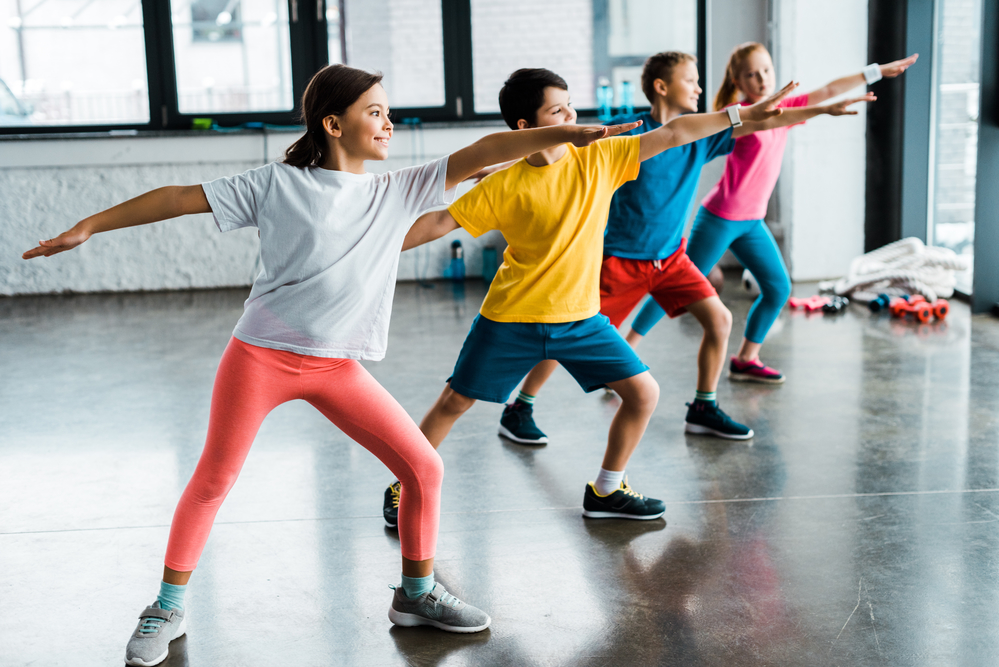Exercise and regular physical activity in children and adolescents is important in promoting lifelong health and well-being. Ensuring your child gets adequate exercise can be done at home and at school.
What are the benefits of exercise?
Exercise helps children grow and remain healthy. It has been shown that regular physical activity can help children improve cardiorespiratory fitness, build strong bones and muscles, control weight, reduce symptoms of anxiety and depression, and reduce the risk of developing health conditions such as:
- Heart disease
- Cancer
- Type 2 diabetes
- Osteoporosis
- Obesity
Physical activity is crucial in improving your child’s quality of life by decreasing their risk of developing crippling health conditions and improving their brain function.
How does exercise help children in school?
Studies have shown that children who get at least one hour of exercise a day are more likely to perform better in school than their counterparts who go without exercise. Exercise has been linked to increased oxygen flow to the brain and increased neurotransmitters that help your child improve his or her brain function. Students who are physically active tend to have better grades, better school attendance, improved memory and better classroom behaviors.
Recess could be one of the most important parts of your child’s school day to help increase their performance levels. They can play all sorts of active games and rid themselves of their built-up energy. But what if your child does not have recess?
Physical education, activity breaks, extra-curricular activities including sports are another great way to increase your child’s activity and brain function. Getting your child involved in school and after school is a great way to help improve their overall health and wellness.
How can I encourage my child to exercise?
It is important to encourage your child to be physically active with age appropriate activities that are enjoyable and that offer variety.
It is recommended that this exercise be moderate (i.e. walking, dancing, hiking, bike riding) or something more vigorous (i.e. running, playing tag, swimming, etc.).
There are a variety of activities your child can choose from to keep them active, including:
- Hiking
- Bicycle riding
- Dancing
- Skateboarding
- Rollerblading
- Swimming
- Martial arts such as taekwondo
- Ball games
- Skipping
Introducing exercise at a young age increases the likelihood your child will continue exercising through adulthood. They will be more likely to continue to maintain a healthy lifestyle because it has been a major part of their daily routine.
You may also like to read:









